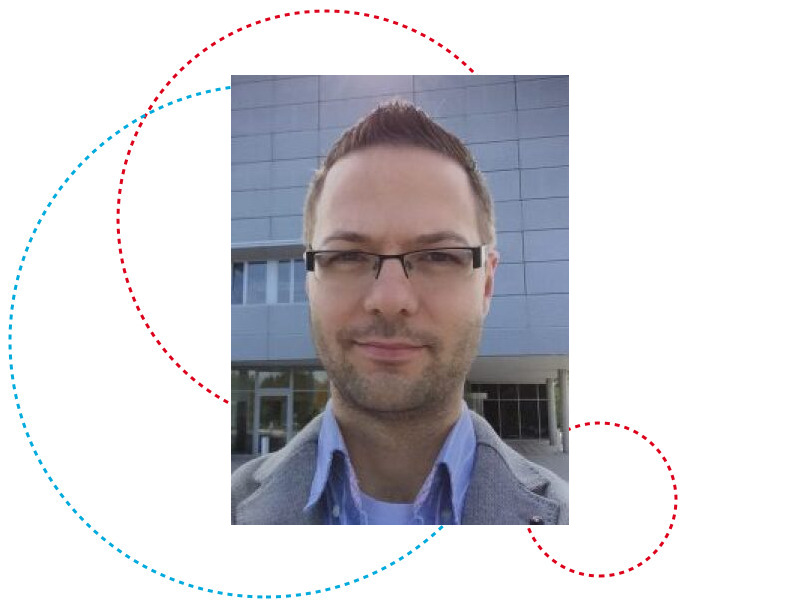Physics meets Biology Hybrid Colloquium
Abstract: Looking at nature, we see that living materials with biological functionality, such as the actin or microtubule (MT) cytoskeletal network, achieve dynamics as well as supramolecular structures with the same protein building blocks. In other words, the components can assemble, but also react (i.e., tubulin is also an enzyme that hydrolyses guanosine triphosphate GTP), which in turn affects the assemblies. In this way, living systems use chemical fuels (e.g., GTP) and self-assembly to create a built-in chemomechanical interaction. Moreover, such networks operate in sustained out-of-equilibrium states at the onset of oscillations, 1–3 which results in rapid response and adaptivity. Here, we present our recent4–6 reaction cycles in solution and gels, where interesting new behaviors were found, such as supramolecular size oscillations, traveling polymerization, or transient disassembly. We hope such reaction cycles form the basis of new life-like materials where material properties are fuel (and waste) dependent.
Keywords:self-assembly, nonequilibrium, supramolecular polymer
References:
- Obermann, H., Mandelkow, E. M., Lange, G. & Mandelkow, E. Microtubule oscillations. Role of nucleation and microtubule number concentration. Journal of Biological Chemistry 265, 4382–4388 (1990).
- Valiron, O., Caudron, N. & Job, D. Microtubule dynamics. Cellular and Molecular Life Sciences CMLS 58, 2069–2084 (2001).
- Westendorf, C. et al. Actin cytoskeleton of chemotactic amoebae operates close to the onset of oscillations. Proceedings of the National Academy of Sciences 110, 3853–3858 (2013).
- Singh, N., Lainer, B., Formon, G. J. M., De Piccoli, S. & Hermans, T. M. Re-programming Hydrogel Properties Using a Fuel-Driven Reaction Cycle. J. Am. Chem. Soc. 142, 4083–4087 (2020).
- Leira-Iglesias, J., Tassoni, A., Adachi, T., Stich, M. & Hermans, T. M. Oscillations, travelling fronts and patterns in a supramolecular system. Nature Nanotechnology 13, 1021 (2018).
- Early view (2022).
About the speaker: Thomas Hermans is a professor in Chemistry at the University of Strasbourg and group leader of the Laboratory of Nonequilibrium Complex Systems (www.hermanslab.com). He received his PhD from the faculty of Biomedical Engineering under the supervision of Prof. E.W. (Bert) Meijer (2006-2010). Next, he joined the group of Prof. Bartosz Grzybowski at Northwestern University as a postdoctoral fellow (USA, 2010-2013). Prof. Hermans received the ERC Starting Grant 2017, Thieme Chemistry Award 2018, Prix Guy Ourisson 2018, and is a Young Scientist at World Economic Forum and the World Laureates Association 2019-2020. He is coordinating a European (ITN) network ‘Creanet’ on chemical reaction networks. The main goal of the lab is obtaining adaptive, self-healing, self-replicating and ultimately living materials using molecular self-assembly under far-from-equilibrium conditions. Prof. Hermans is also co-founder and CTO of Qfluidics, a company working on wall-less fluidics for flow chemistry and low-shear magnetostaltic pumping for transport of delicate biologicals.
